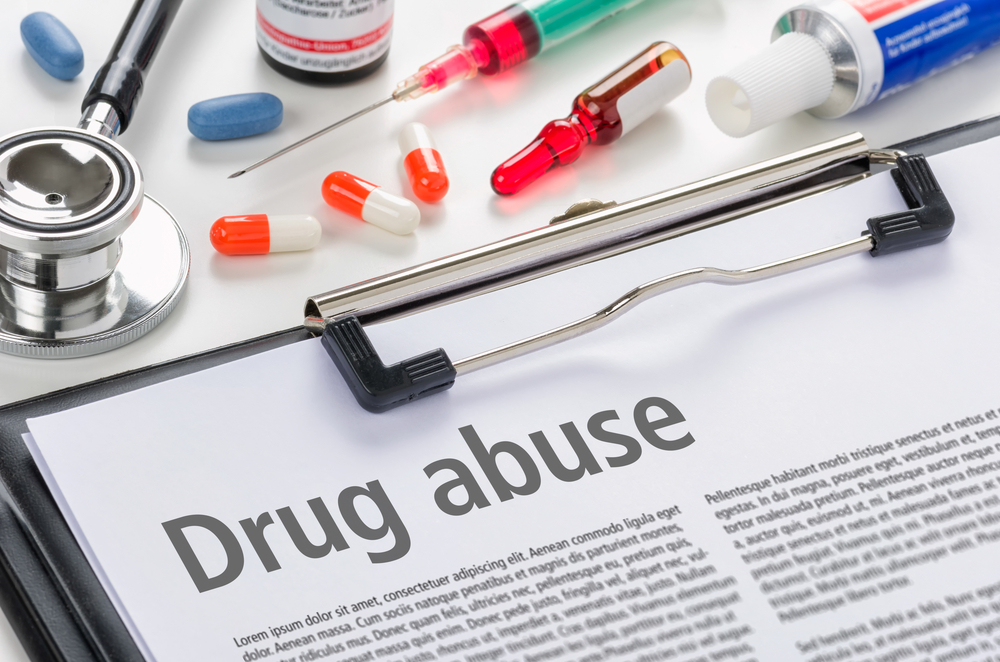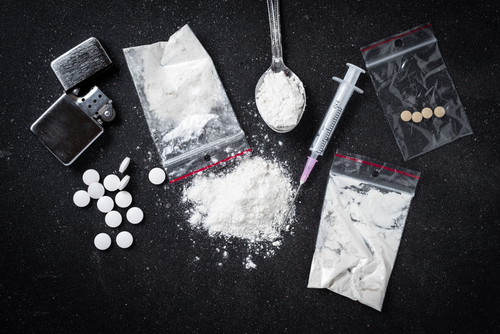
Drugs are explained as chemicals or substances that change the way one’s body works by affecting a person’s mental or physical state. The effects of drug abuse will depend on a combination of factors, such as the type of substance abused, one’s personal health history, one’s metabolism, a family history of substance abuse, the presence of any mental health disorders, one’s age, and more. Rather than addressing the possible short- and long-term effects of drug abuse, consider the following five parts of the body are most affected by drug abuse, in no sequential order:
- Endocrine system: made up of a complex network of organs and glands, the endocrine system uses hormones to coordinate and control the body’s metabolism, reproduction, energy levels, growth, and development, as well as response to injury stress and/ or mood. Alcohol and drug abuse can impair the production and secretion of these hormones.
- Circulatory system: the circulatory system is comprised of three independent systems (cardiovascular, pulmonary, and systemic) that work together and are responsible for the flow of blood, nutrients, oxygen, hormones, and other gases, to and from cells. It helps the body maintain a normal body temperature and fight off disease. The ingestion of harmful substances, particularly drugs and alcohol, is associated with cardiovascular disease, or the deterioration in the health of the heart and/ or blood vessels. Changes in blood pressure, irregular heartbeat, heart attacks, strokes, and heart failure are common side effects of substance abuse.
- Nervous system: the nervous system is the center of all mental activity including memory, thought, and learning, as it is the major controlling, regulatory, and communicating system in the body. Drug and alcohol abuse interfere with the nervous system’s ability to regulate mood, thinking, and coordination of bodily functions.
- Muscular system: the muscular system is an organ system consisting of skeletal, smooth, and cardiac muscles. It permits movement of the body, maintains posture, and circulates blood throughout the body. Substance abuse can lead to slow muscle movement, impair muscle coordination, and over a prolonged period can reduce muscle mass.
- Respiratory system: the respiratory system’s primary function is to deliver oxygen and remove carbon dioxide. Substance abuse interferes with this process by reducing one’s rate of breathing. When breathing is depressed, it can lead to respiratory failure depriving the lungs of essential oxygen.
Treatment In Calabasas
Calabasas is a city in California. It is a well-known suburb of Los Angeles, located west of the San Fernando Valley and north of the Santa Monica Mountains. Over the past decade, the city of Calabasas has grown in its reputation for luxury as well as for privacy which makes it a hidden gem for residential living for society’s elite, and one of the most desirable destinations in Los Angeles County. It is also home to a plethora of highly qualified mental health clinicians providing an array of therapeutic services and treatment options.
The information above is provided for the use of informational purposes only. The above content is not to be substituted for professional advice, diagnosis, or treatment, as in no way is it intended as an attempt to practice medicine, give specific medical advice, including, without limitation, advice concerning the topic of mental health. As such, please do not use any material provided above to disregard professional advice or delay seeking treatment.









